Yes, external fertilisers are bigger than internal fertilisers and probably quite a bit bigger. A recent study by George Jarvis and Dustin Marshall has found that external fertilisers were 11 times larger than internal fertilisers in annelids, 5 times larger in echinoderms and 4.5 times in molluscs.

We know that body size is a driver of many patterns we see in biology. Knowing the association between body size and fertilisation mode means we may be able to predict much of a species life history and ecology from fertilisation mode alone. For example, within a group arising from a common ancestor we would expect a species with external fertilisation (and larger body size) to also have a lower population growth rate, lower carrying capacity and higher fecundity than a closely related internal fertiliser.
Internal fertilisation is an evolutionary innovation that has happened frequently and independently in snails, frogs, fishes and a host of other organisms. For internal fertilisers, fertilisation is relatively assured once mating has occurred, but there are still challenges. Competition between both sexes to copulate can be fierce and then sperm must compete in a race to the egg. Meanwhile external fertilisers can be lucky to achieve fertilisation at all with too few sperm reaching eggs (sperm limitation) or too many (polyspermy), severely reducing the chance of a successful fertilisation.
Because of these fertilisation constraints it is perhaps not surprising that we see other characteristics that vary alongside fertilisation mode. For example, in internal fertilisers males have smaller ejaculates, larger (perhaps more competitive sperm) and relatively small testes compared to external fertilisers.
While theory predicts that external fertilisers should be bigger than internal fertilisers this is difficult to test because we need to separate fertilisation mode and body size from other traits that vary alongside body size. So, in fish for example, most species that are external fertilisers are also egg laying, while many internal fertilisers bear live young. This makes it difficult to separate fertilisation mode and reproductive mode as they both change with body size.
PhD student George Jarvis and his supervisor Dustin Marshall have found a way to test the prediction that body size will vary with fertilisation mode. They have focused on marine invertebrates where internal fertilisation has evolved independently of reproductive mode many times, which allows them to access a ‘cleaner’ test of the relationship between body size and fertilisation mode.
George and Dustin compiled data on adult size, fertilisation mode and latitude for 1232 species of marine invertebrates across three phyla (annelids, echinoderms and molluscs). They analysed the data while accounting for how closely related the species were and the influence of a shared evolutionary history on patterns in body size − aphylogenetically-controlled analysis.
George and Dustin note that the patterns they observed are consistent with theory but from this type of correlative data they can’t conclude that body size drives fertilisation mode or vice versa. But they do speculate that a reduction in body size precedes the evolution of internal fertilisation. They think that the sequence of events proposed by evolutionary biologist Dr Jonathan Henshaw and colleagues in 2014 is likely correct. Henshaw et al. proposed that:
- a reduction in body size results in smaller testes (and thus, lower sperm production), leading to sperm limitation
- sperm limitation favours the production of larger eggs, which are larger targets for sperm
- larger eggs (and thus, fewer of them) favours the retention of eggs to increase fertilisation success and egg survival
- egg retention favours the development of anatomy and sperm traits required for internal fertilisation.
George and Dustin remain open to other possibilities but, in the meantime, they emphasise that the relationship between fertilisation mode and body size may be more fundamental and widespread than anticipated.

